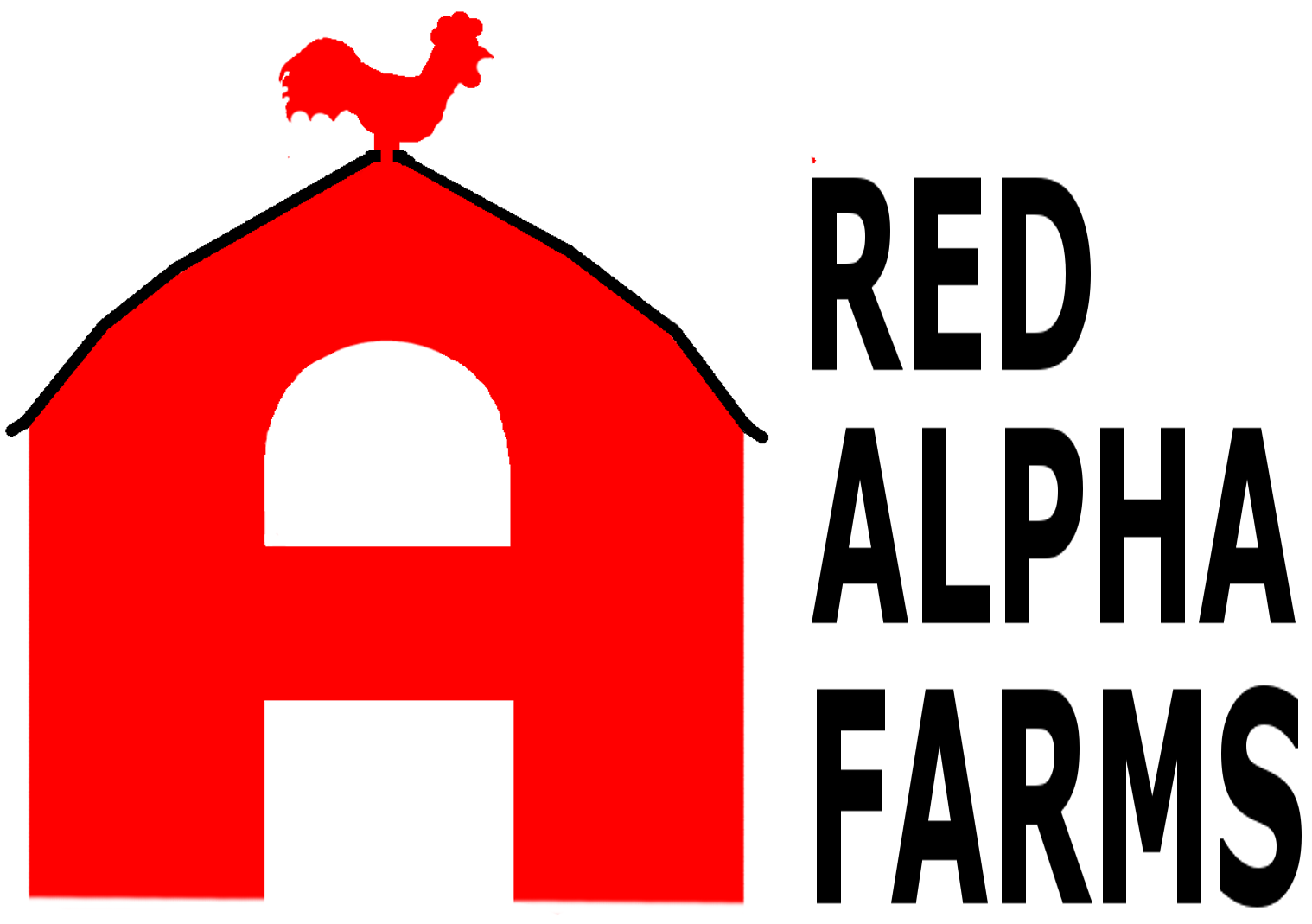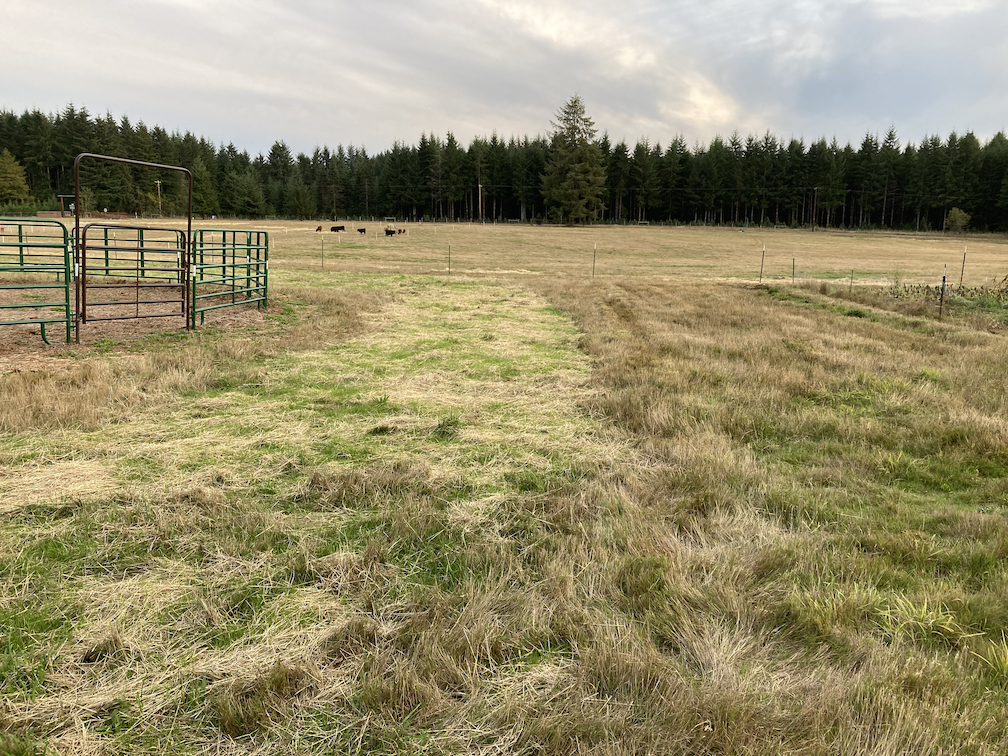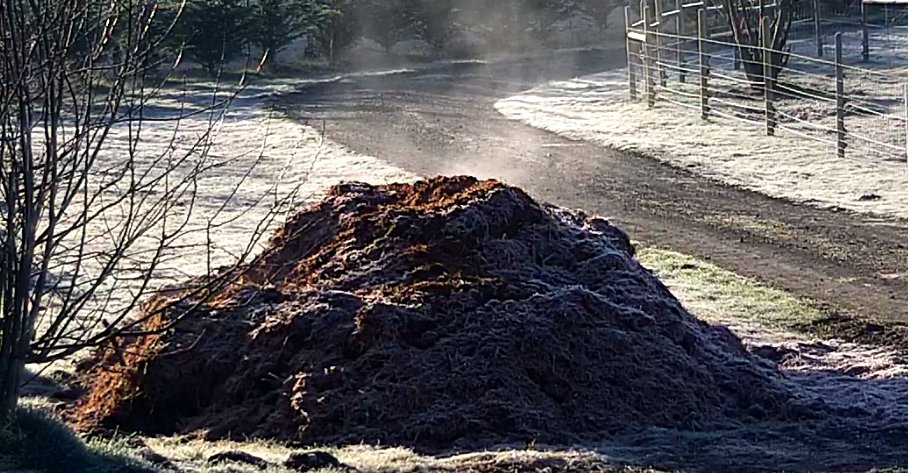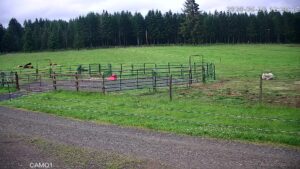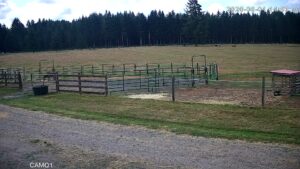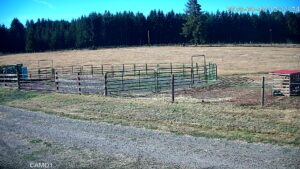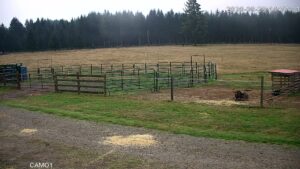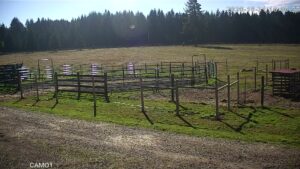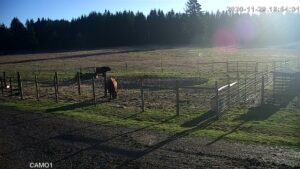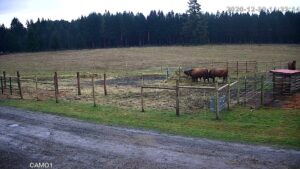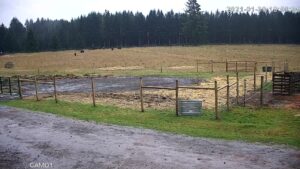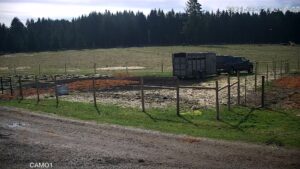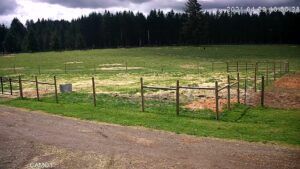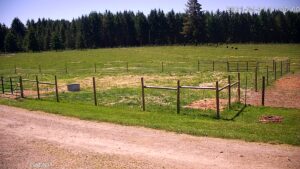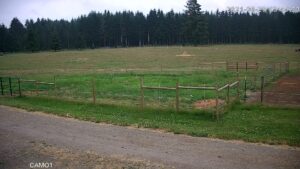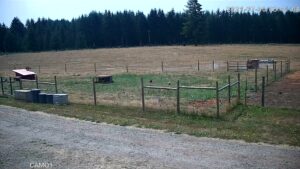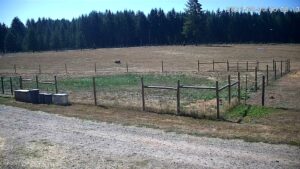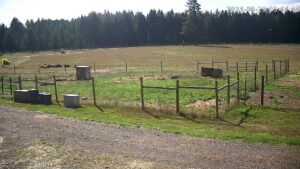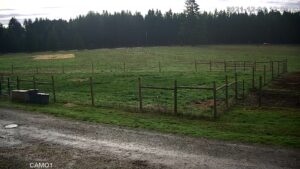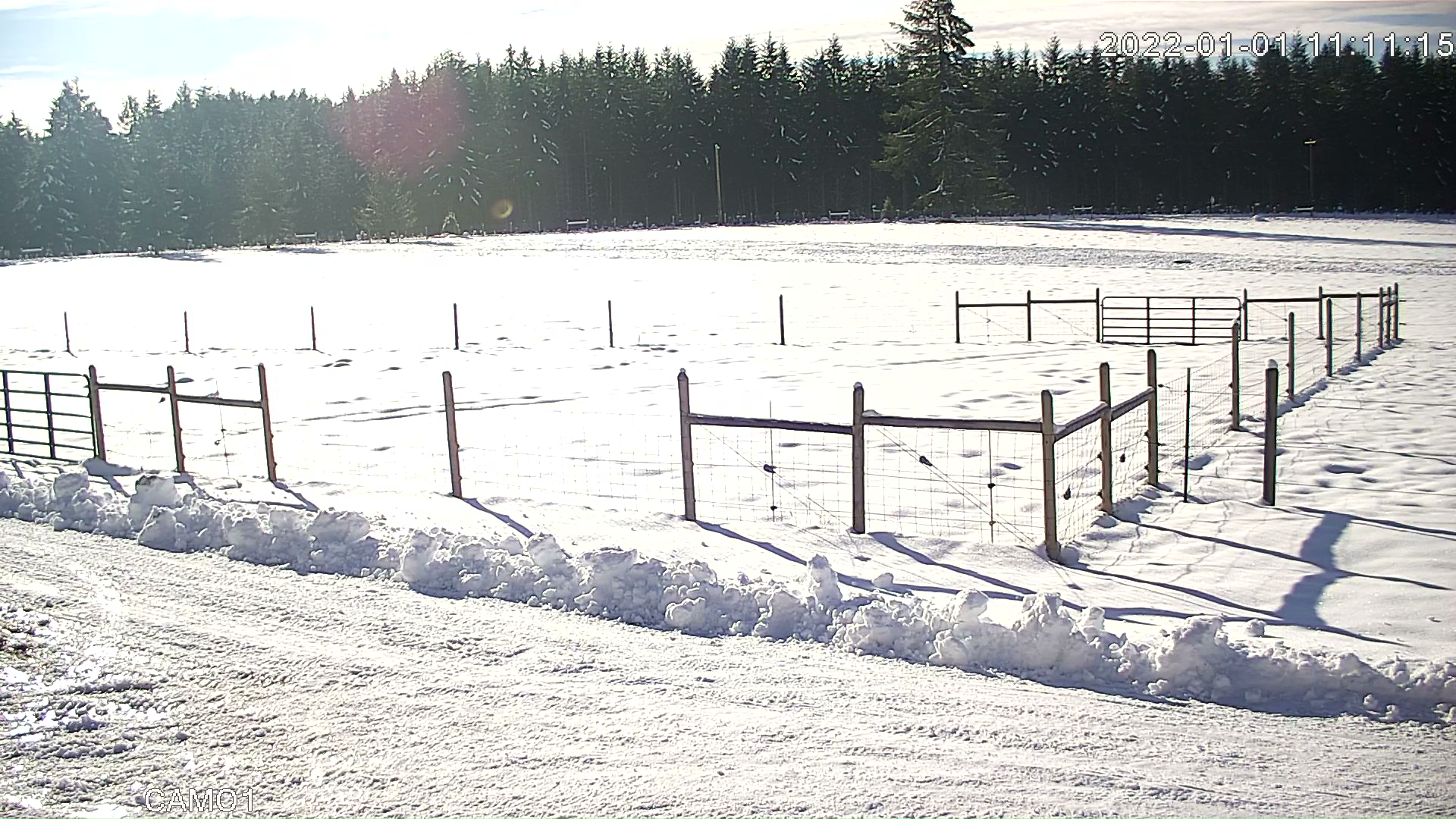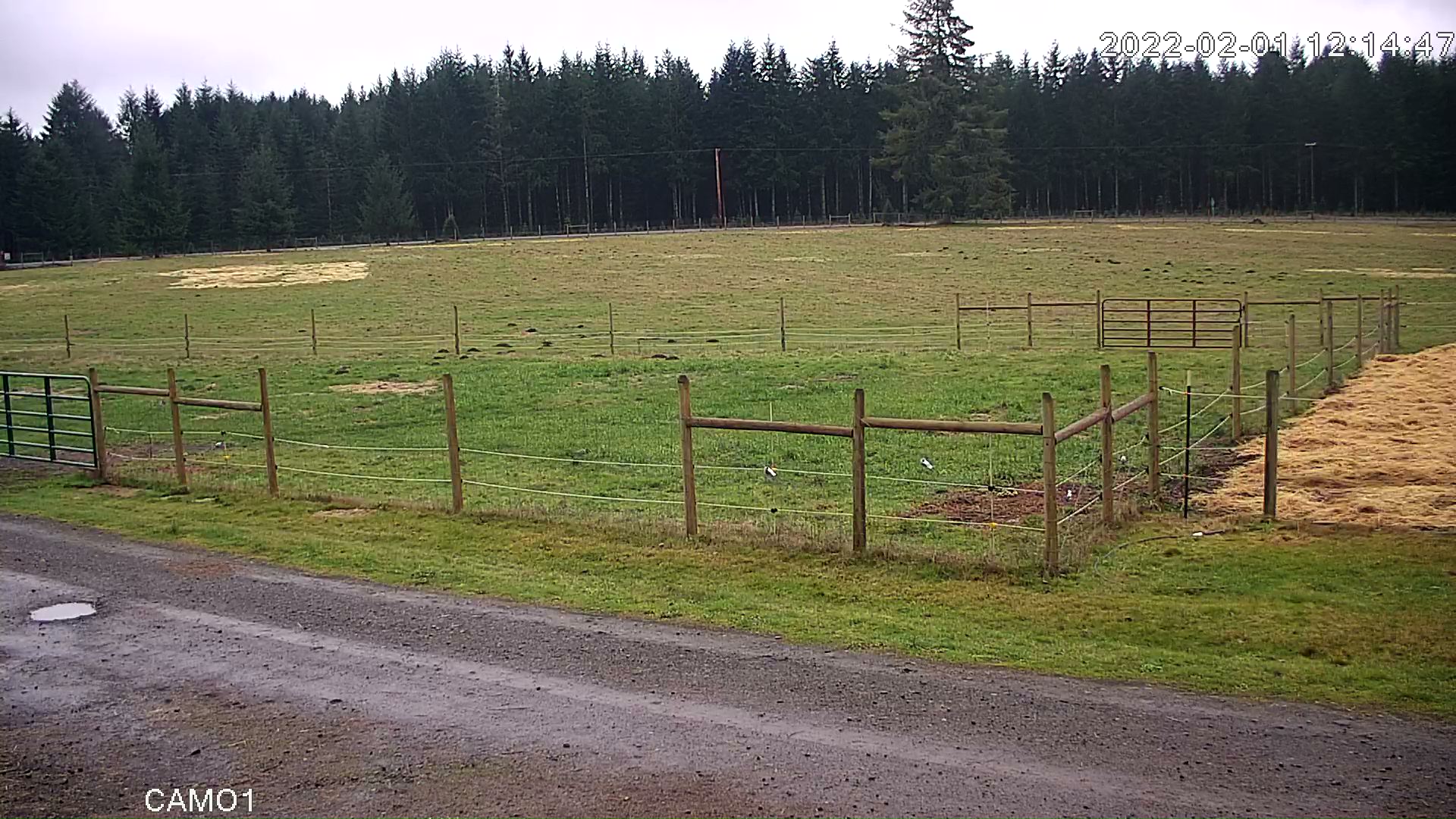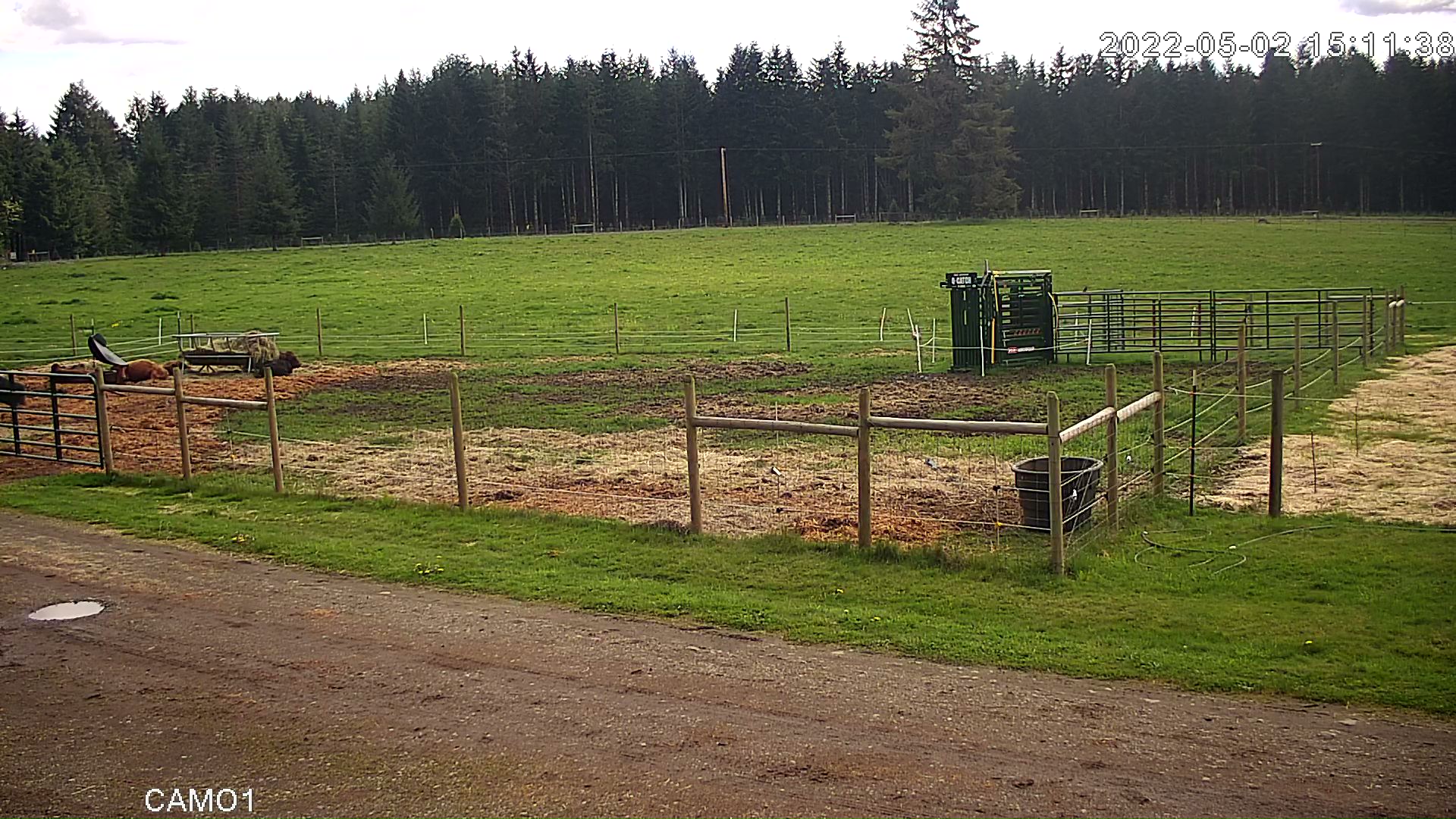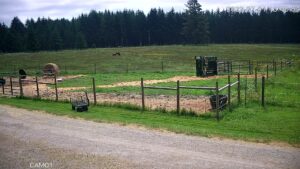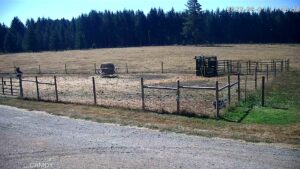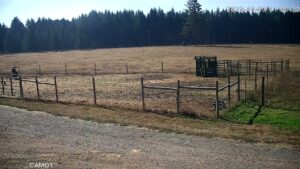You see it advocated by nearly every regenerative farmer or back to the land hippie. Pasture your chickens. Make a chicken tractor and move your chickens. Put those meat birds out on the pasture. If you do this, you may mine the biomass out of your soil and destroy the future prosperity of your pastures.
We’ve all seen the coop and run setup. The chickens are left to the same space without getting moved around and, over time, they eat everything, and nothing grows. The ground is as hard as cement. The chickens then get moved, and the ground will stay bare and hard for a long period of time after they are gone.
The reason this occurs is that the microbes in the soil require a carbon to nitrogen ratio of around 25:1 to break down material into the soil. If you have too much carbon, the microbes will scavenge nitrogen from the surrounding soil areas and compete with the plants for nitrogen. If you have too much nitrogen, the microbes will scavenge the biomass out of your soil and use that — this is mining the future potential of your soil.
If having too much carbon is not good, and too much nitrogen is not good – how do we fix the problem? The better problem to have is too much carbon. Too much nitrogen is harmful long term because it takes a significant amount of time to build and restore biomass. Biomass provides the ability to withstand drought, retain water and nutrients, and maintain the overall health of the soil. Too much carbon will be undesirable near term, but beneficial long term, as it is processed into the soil as biomass and the nitrogen supply will be replenished by the lifecycle of the microbial activity in the soil.
We tractor our chickens around our pasture. We move our layer hens weekly using poultry netting. When we have meat birds, we move them daily or twice daily, using a Salatin style chicken tractor. We solve the problem of too much nitrogen by unrolling round bales over the tracks from the chicken tractor and then letting the cows into that section of pasture for a day or two. This adds sufficient carbon to the soil so that there is an excess and we don’t lose biomass out of the pasture from the great excess of nitrogen that the chicken manure creates. We also make sure to add lots of wood chips to any areas where the laying hens will be for an extended period of time.
If you tractor your chickens and don’t see your pastures improving after a year or two, you may be mining your biomass and killing your soil.
The featured image at the top of this post shows a section of pasture where a chicken tractor had been moved through, with 2 moves each day, with 50 cornish cross birds in the tractor. The picture is 30 days after the chickens were removed from the pasture. Within 1 week after removing the chickens, a round bale was unrolled on the area to leave dry hay 1-2″ thick. It’s incredible how quickly the hay has decomposed and the grass has started sprouting up — especially considering the extreme drought that we’ve had in western Washington this year.
